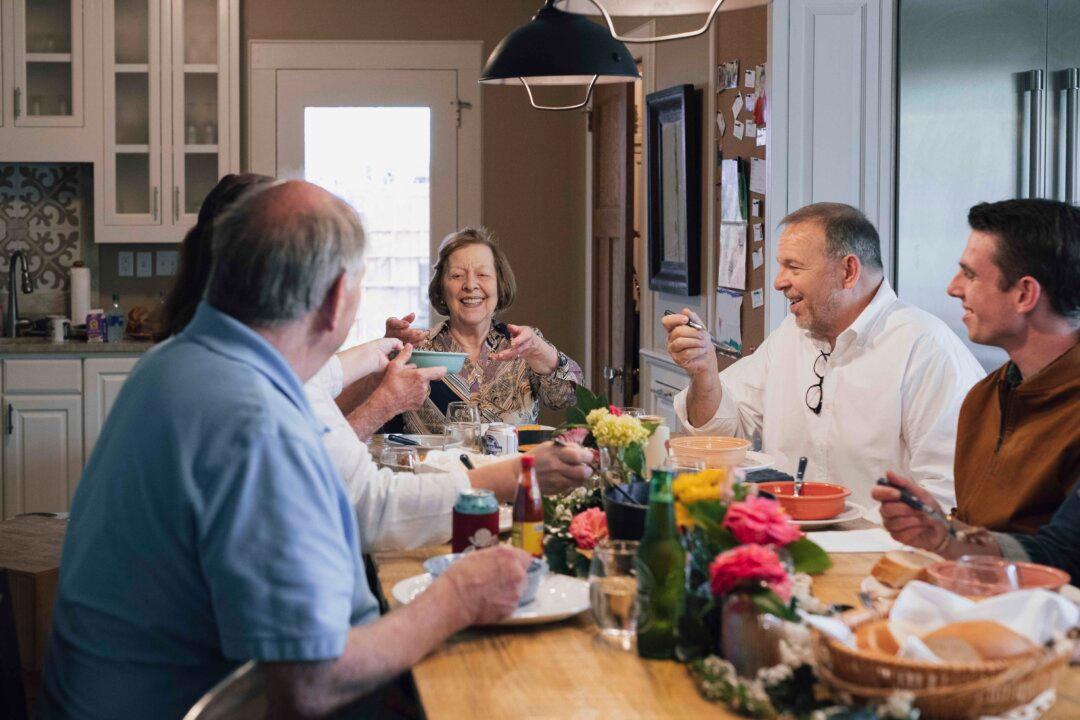New Orleans is a city steeped in ritual. There are different versions of the popular myth explaining how “red beans and rice”—a creamy stew of red kidney beans, herbs, and (traditionally) ham ladled over rice—became a staple Monday dish. One claims that after serving big Sunday meals with ham, New Orleanians would use the leftovers the following day to cook up hearty stews. Another supposes that because families did their laundry on Mondays, red beans would be left simmering on the stove, ready to eat by the end of a grueling day of chores. In bygone days, large wood fires were needed to do laundry, and it would have been efficient to cook a big pot of red beans and rice at the same time.
One thing that isn’t disputed, though, is that the red beans most commonly used for making the dish are Camellia Brand’s. For 99 years, it’s been owned by the same family—the Haywards. From its humble beginning as a purveyor of dried and fresh goods at the city’s French Market, to its ubiquitous presence in grocery stores throughout the South today, the company has steadily earned a reputation for consistently offering high-quality beans to restaurants and family cooks alike. Beloved eateries across New Orleans use Camellia Brand beans to create their versions of classic Southern dishes like red beans and rice. Camellia is so ingrained in the food culture of the city that the Southern Food and Beverage Museum’s exhibit on Louisiana includes a section on the brand’s history.






